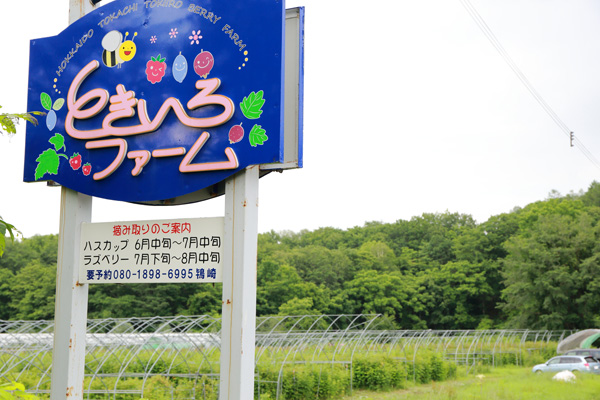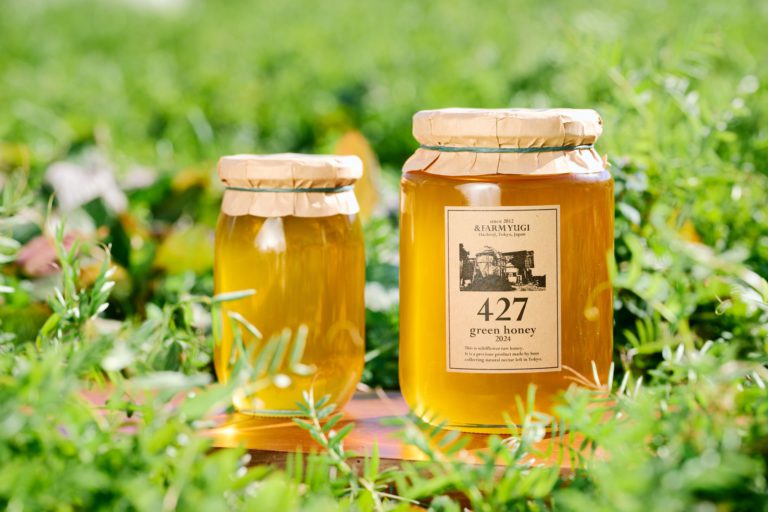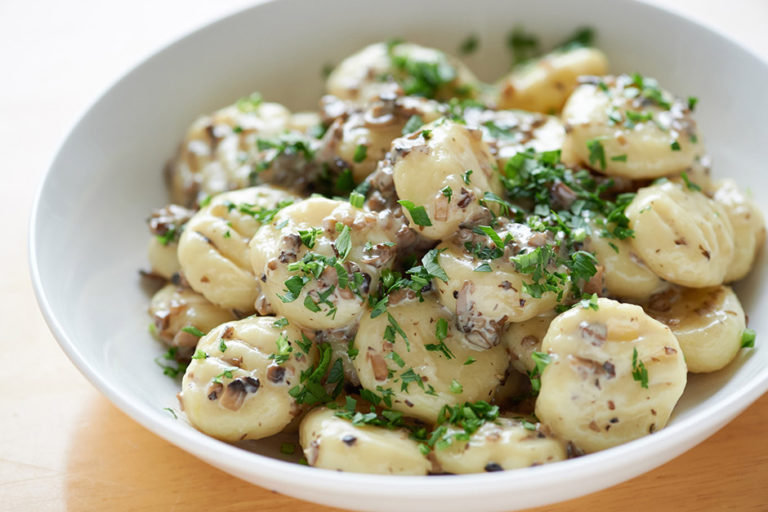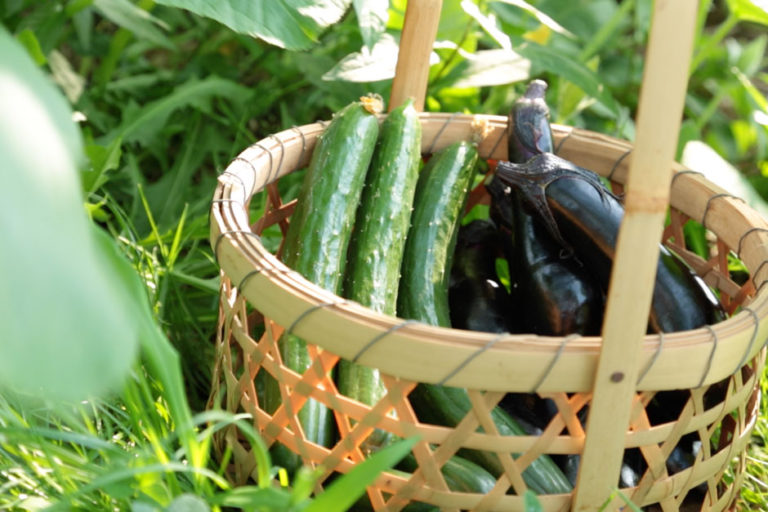Blue Honeysuckle: A Berry of Longevity That Only Grows in Harsh Climates
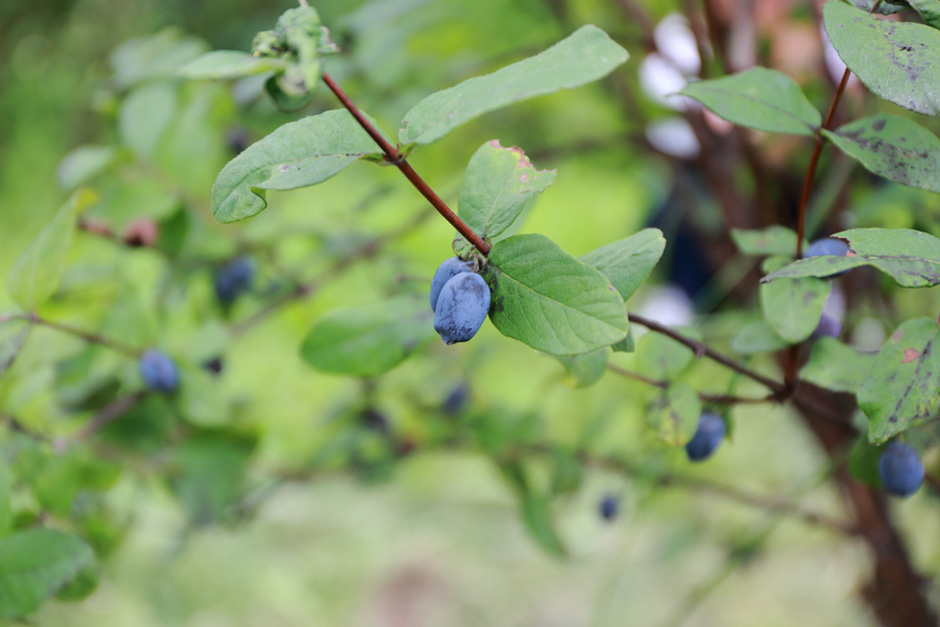
The fruit from Obihiro that is getting most attention, thanks partly from the recent health boom, is blue honeysuckle. Even though more people know about it nowadays, few have seen the actual fruit. This is not surprising because wild blue honeysuckle grows only in limited areas of mainland Japan and Hokkaido. Most of the blue honeysuckle in the Japanese market is grown by producers in Hokkaido.
Ainu medicine of longevity
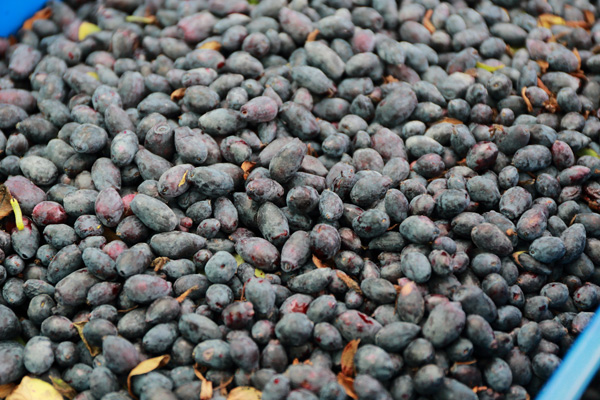
Since ancient times, blue honeysuckle has long been the indigenous Ainu people’s “berry of longevity.” Allegedly the berries were seen everywhere across Hokkaido, though in recent years they are seen less.
Blue honeysuckle is said to have come from Siberia. Local producers in Hokkaido believe migrating birds brought seeds to the wilderness of Hokkaido. Perhaps because of this origin, blue honeysuckle can only grow in specific conditions. Their habitat must be below negative 20 degrees Celsius and not over 30 degrees Celsius in the summer. Due to the cool climate of Hokkaido blue honeysuckle flourished and spread across Hokkaido.
The soil composition of Hokkaido is also crucial for blue honeysuckle farming. Hokkaido accounts for almost 80% of marshland in all of Japan, and some of the marshlands in Hokkaido are mires with accumulations of organic matters including withered plants.
Mire’s soft ground is not fit for farming. Farmers in Hokkaido have often been forced to turn huge mires into farm-friendly soil. But blue honeysuckle spreads its roots rigorously just beneath the wet surface of a mire. In fact, it grows naturally in marshlands of Hokkaido including the Yufutsu Plain, Kushiro Marsh and Kiritappu Marsh.
Blue honeysuckle has a unique sourness and bitterness, thanks to its antioxidant polyphenol anthocyanin. It is said to contain 3 to 10 times more anthocyanin than blueberries. It also has 13 times more calcium than apples, 6 times more iron than satsuma oranges and is also rich in vitamin C and minerals. “Berry of longevity” is not an overstatement.
Blue honeysuckle reflects the orchard’s character
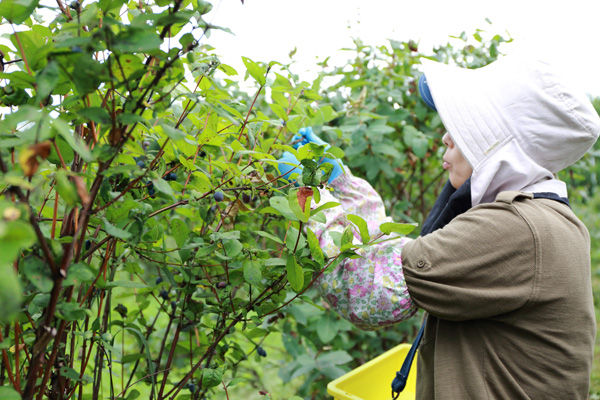
In mid-July, we visited Tokiiro Farm in the town of Iwanai, Obihiro, with the Hidaka mountain range in the backdrop. While large-scale, mechanized agriculture is the norm in Obihiro, Tokiiro Farm grows small bushes of raspberries, blueberries and blue honeysuckle.
Blue honeysuckle is a deciduous tree that is only one to two meters tall. Its branches grow rigorously, as if springing out of the ground. From mid-May, the branches begin to bear small yellow blossoms, which soon turn into fruit. The green fruit changes color as it ripens and becomes blue-black before the July harvest. We visited the farm in the middle of harvest. The staff members were carefully picking the fruit.
“Blue honeysuckle scar and bruise easily, though not as much as raspberries. That is why it is difficult to use machines. You need to pick them by hand.”
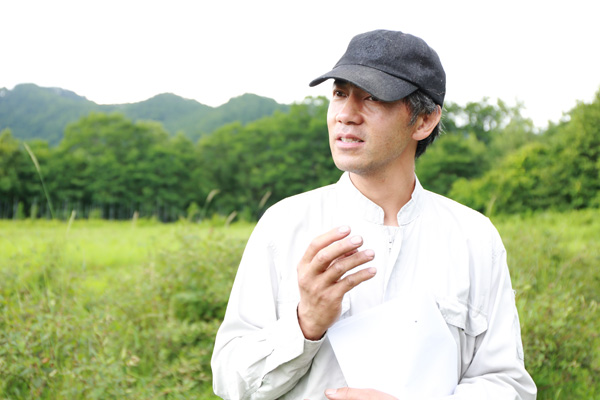
Says the owner of the farm, Ibuki Tokizaki, as he greeted us. He is originally from Nagano, and after he and his wife Shinako got married, they backpacked in Europe, cycling in 11 countries. After returning to Japan they became involved in the hotel business for a while and then moved to Hokkaido, starting farming in 2010. In their second year as producers they began to focus their efforts onto blue honeysuckle.
“We have about 2.5 hectares of blue honeysuckle. All of our fruit in this orchard is free of pesticides or chemical fertilizers, complying with the JAS organic standard. I do not deny the effectiveness of chemical fertilizers, but I feel the fruit is tastier when you grow them in an environment that is as close to nature as possible.”
Surrounded by a variety of bushes, blue honeysuckle spreads branches vigorously with countless berries. Urged by Tokizaki we tasted a berry. A slight sweetness, powerful sourness and bitterness fill our mouth. The wild and natural flavor is irresistible. Let’s try another, and another. We couldn’t stop.
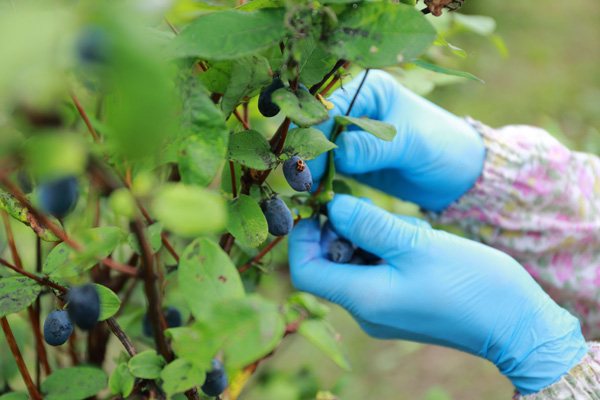
“Blue honeysuckle is affected by the water and soil they grow on. Interestingly, berries from different corners of the same orchard can have a slightly different taste. It also means the producer’s principle and attention easily show up in the fruit.”
Tokiiro Farm welcomes visitors to come and pick blue honeysuckle. Visitors can eat the berries they pick. It is a luxury only possible in Hokkaido. To people in mainland and faraway islands of Japan, Tokizaki recommends blue honeysuckle jam and sauce. Apparently, the unique flavor goes well with dairy products like yogurt.
The challenge facing producers to keep blue honeysuckles going
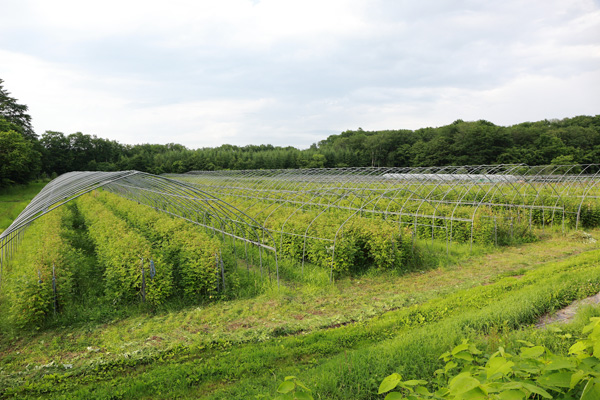
Past the summer, when the harvest is nearly over, Tokizaki begins his journey across Japan. The purpose is to sell blue honeysuckle and other berry smoothies, frozen berries and processed products like jam and juice. His smoothies are made with blue honeysuckle and other berries, beet sugar and water. To bring out the ingredients’ flavors, the smoothie is made with as few ingredients as possible.
“In September, October and November, I travel all over Japan including of course Hokkaido, as well as Tokyo, Nara and Yokohama. It is a good opportunity to give people a chance to see blue honeysuckle. Travelling around Japan is really hard work but there is nothing more rewarding than seeing customers smile.”
While there are producers like Tokizaki, honeysuckle farming is facing many issues. After its peak in 1991, the total area of blue honeysuckle farming in Hokkaido began to decline and dropped to less than half by 2003. The rapid growth in production crushed the supply-demand balance, resulting in the rapid drop in unit price. Many producers have pulled out of blue honeysuckle farming and stable production has not happened since. What is Tokizaki’s view on this situation?
“It is not possible for small producers to produce tons of blue honeysuckle. Producers have to join hands. We are beginning to see that sign. We are beginning to share information and expand sales channels together. I would say this is the important time for blue honeysuckle producers.”
Blue honeysuckle that has taken its roots in Hokkaido is now facing another challenge. Its future lies in the hands of driven producers, including the likes of Tokiiro Farm.
Blue honeysuckle
Source:Ibuki Tokizaki, Tokiiro Farm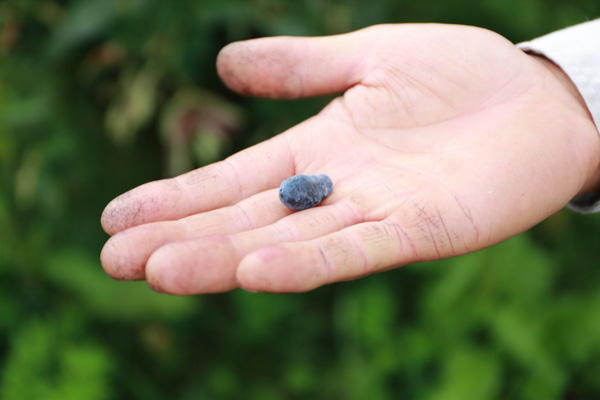
Peak Season
Early July through to early August
Tips
Pick plump, ripe, blue-black ones with white fluff on the skin
How to enjoy them
Refrigerate fresh honeysuckle and eat it with yogurt or store it frozen and eat fresh.

